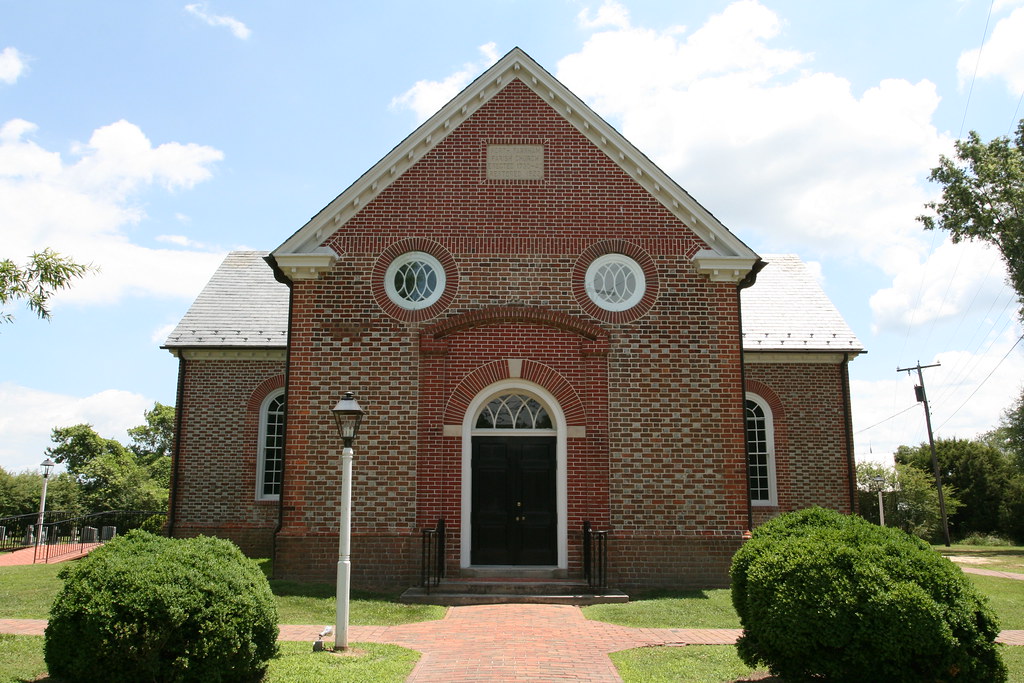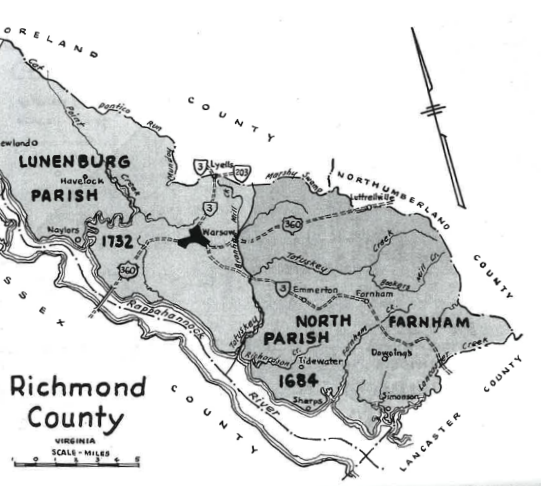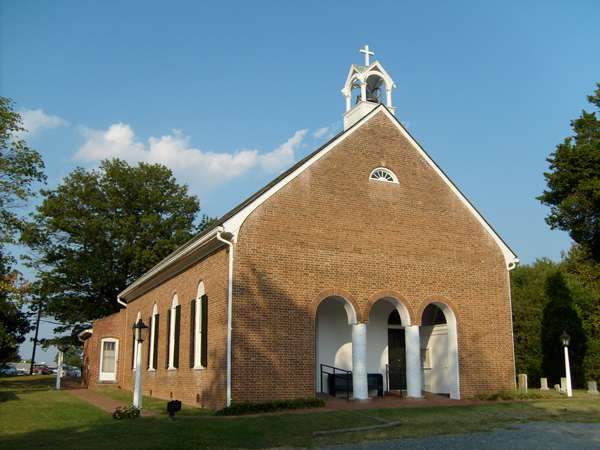Our Rich History



1657-1658
The General Assembly gives parish leadership authority over “all matters concerning the vestry, their agreements with their ministers, touching the church-wardens, the poore and other things concerninge the parish or parishioners respectively be referred to their owne ordering a84d disposeing from time to time as they shall think fitt.”
1683
North Parish was formed in 1683 when Farnham Parish was divided into North and South Farnham, nine years before Rappahannock County was divided into Richmond and Essex counties.
1737
North Farnham Church was erected.
1784
The English Colonial Churches established by the Church of England prior to the American Revolution, which would later become the Episcopal Church, fell out of favor due to their perceived close ties to the British monarchy. Many of these churches became unused. During this period the interior of the North Farnham Church fell into ruins.
1814
During the War of 1812, a skirmish was fought at North Farnham Church between the raiders from Admiral Cockburn’s British fleet and Virginia militia; bullet holes are still visible in the walls.
1834
After a long period without a minister, the Rev’d George W. Nelson was called as rector for North Farnham Church. After his untimely death six years later, the vestry declared that “by his Pastoral hand this Congregation was collected and anew.”
1835
St. John’s Church was built to replace the earlier Lunenburg Parish lower church, erected in 1732 and abandoned after the Revolution. St. John’s exemplifies the resuscitation of the Episcopal Church in Virginia under the leadership of the Rt. Rev’d Richard Channing Moore, elected second bishop in 1814.
1863-1865
North Farnham Church was used as a stable by Union soldiers.
1887
A fire leaves only the walls of North Farnham Church standing.
1921
The restoration of North Farnham Church is completed.